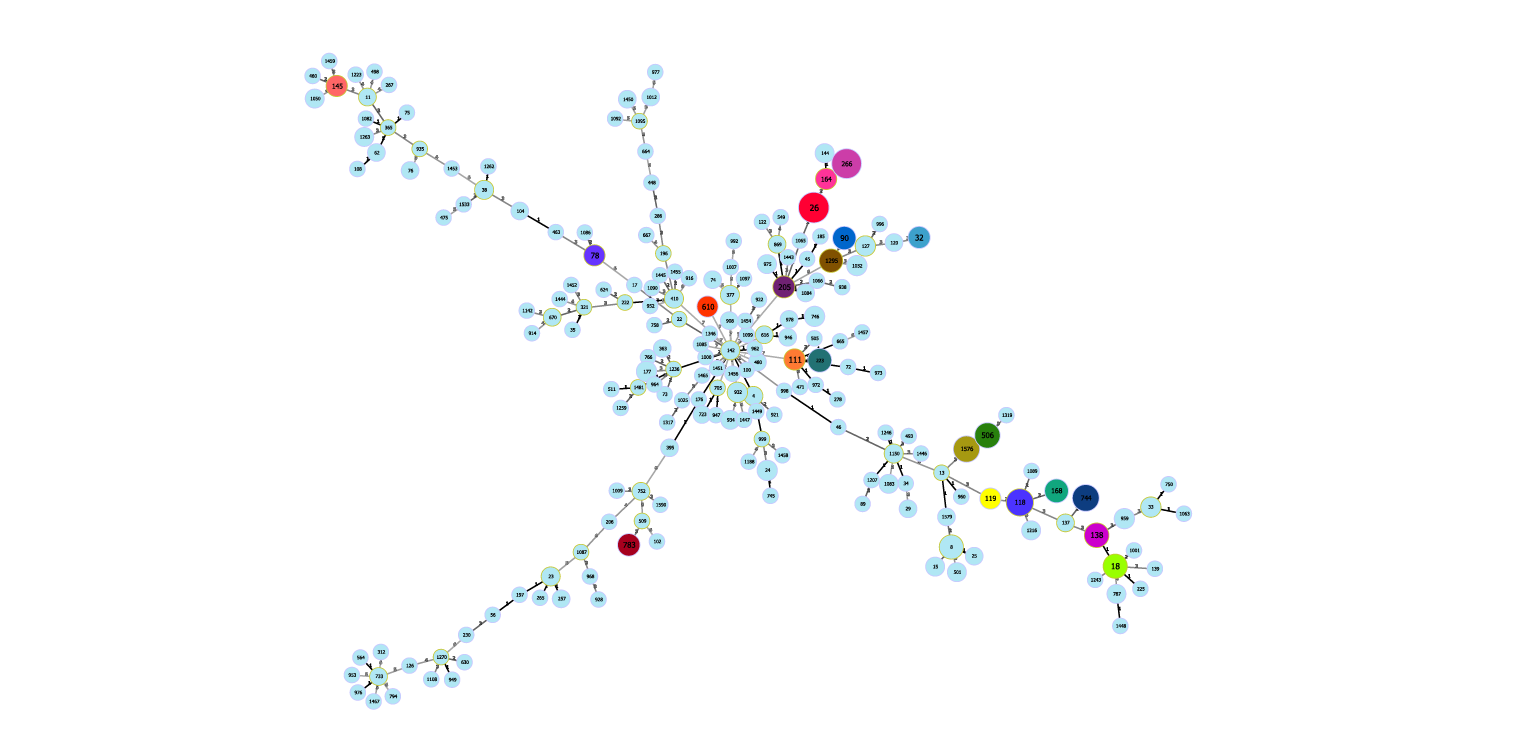Bacillus cereus
History
B. cereus and Bacillus anthracis, Bacillus mycoides, B. thuringiensis, Bacillus pseudomycoides, B. weihenstephanensis, etc. are highly similar in the 16S / 23S rRNA sequence, which is difficult to distinguish, it suggesting that the group has recently evolved from a common ancestor.
Species characteristics
Bacillus cereus is Gram-positive bacilli, spore-forming, mobile, can still grow under anaerobic conditions. It is a common source of saprophytic microorganisms that can easily spread to various plant foods. Not only that, but it is often separated in meat, eggs and dairy products. Usually the bacteria does not have a competitive advantage, but grows well when the food is cooled after cooking (below 42-50 ° C), thus causing contamination when cooking is not complete.
Pathogenicity
Bacillus cereus Can lead to two types of foodborne diseases, diarrhea and vomiting. The type of diarrhea is mainly caused by the production of enterotoxin in the small intestine. The vomiting type is mainly caused by the production of veteulide (a polypeptide) by Bacillus cereus when it is propagated in food. The vomiting toxin has the characteristics of heat resistance, acid resistance and protease resistance, and the general process cannot destroy the toxin, so even if the bacteria have been inactivated, it may cause harm.
Genome
The genome size is about 5.4M, the coding gene is more than 5,000, and the G+C% is about 35%. B. cereus enterotoxin causing diarrhea is considered to have three types. The hemolytic BL (Hbl, three-componenttoxin), hblC, hblD, and hblA encode, and the hblCDAB operon is located on the chromosome. Non-hemolytic Nhe (Nhe, three-component toxin), encoded by the nheA, nheB, and nheC genes, is also predominantly located on the chromosome, but may be carried by plasmids in some strains. The third category is CytK, a one-component toxin belonging to the beta-barrel toxin family. The vomiting toxin synthase is encoded by a 24 kb gene cluster located on a 208 kb plasmid pCER270. The pCER270 plasmid is similar to the pXO1 plasmid on B. anthracis, but lacks the gene encoding anthrax toxin and regulates the synthesis of the toxin.
The plasmid plays a very important role in the virulence phenotype of the B. cereus group. It has been found that members of the B. cereus group can obtain severe virulence diseases in humans by integrating pXO1-like plasmids to obtain anthrax toxin and a phenotype that forms an enhanced virulence such as a capsule.
1015 Bacillus cereus Genomes have been published on NCBI, sequences are from GenBank。
ST of Bacillus cereus have published on PubMLST: https://pubmlst.org/bcereus/

